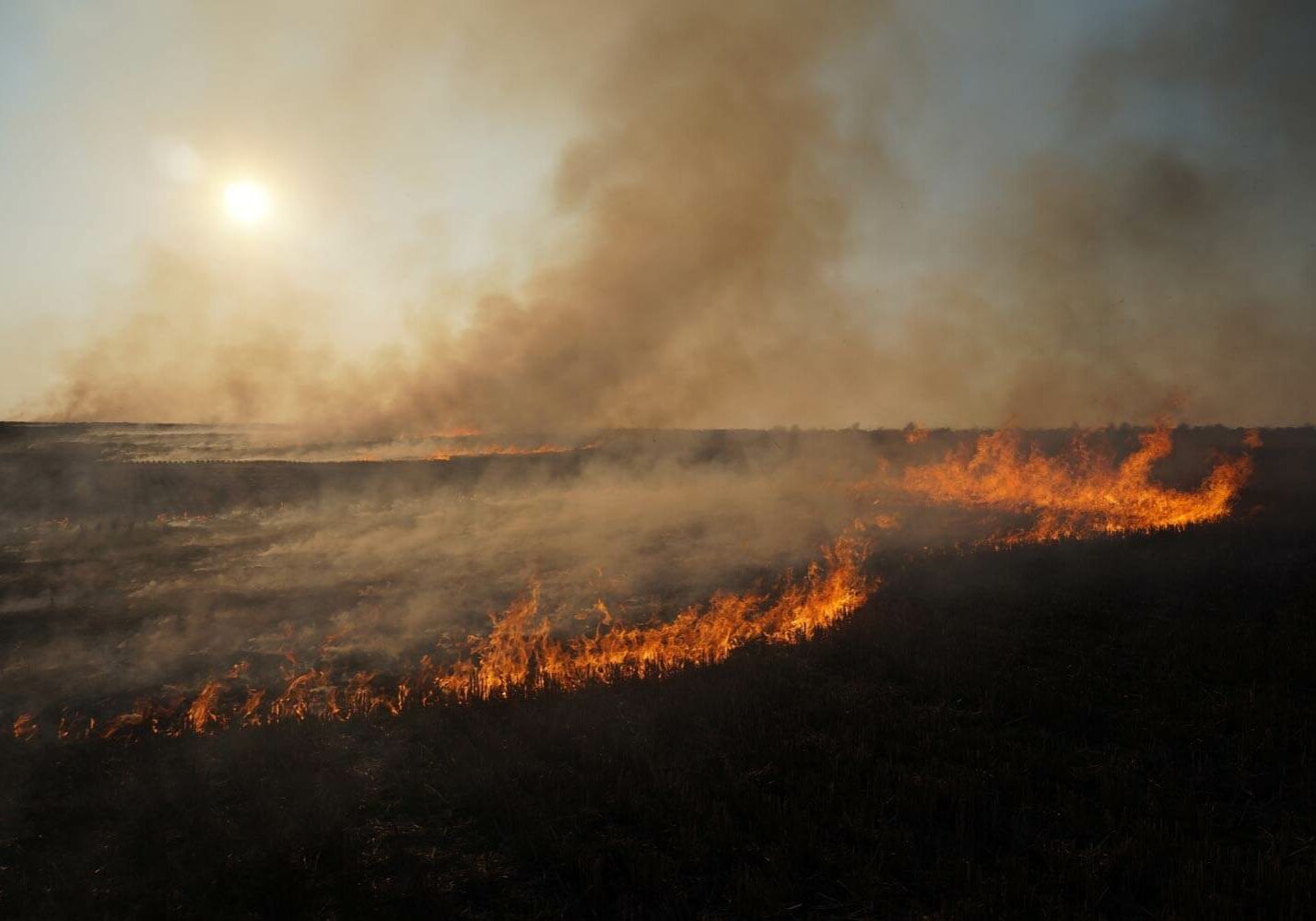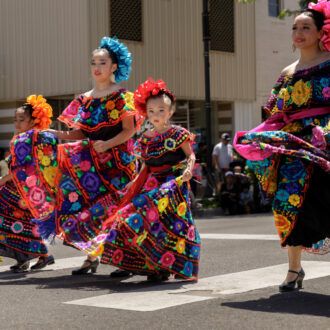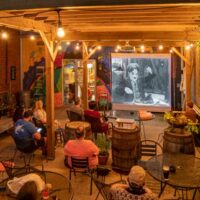Burning Desire: Watch the Flint Hills Transform Through Fire
Posted on Mar 19, 2019 by Visit Emporia

Here in the Flint Hills, we greet the arrival of spring with a unique agricultural practice: pasture burning.
For several weeks from late March through April, the skies are lit with flames and the sweet smell of burning Tallgrass permeates the air.
Why do we burn our pastures?
Prescribed or controlled burns are a vital component in responsibly managing our grasslands. The practice allows farmers and ranchers to control weeds and parasites chemical-free. It also clears out dead brush and last year’s grass, paving the way for new growth. Without burning, the Flint Hills would become a woodland in 30 to 40 years.
Burning not only keeps scrub cedar and other woody invaders out, it enhances the nutritional value of the native grasses. Controlled burns in the spring clear the way for new growth of the rich, nutritious grass that brings herds of cattle from across the nation to graze all summer. Research shows that cattle grazed on pasture that was burned in the spring gain an average of 32 pounds more than cattle that aren’t grazed on prescribed burn pasture. The nutrient-rich ash from the burns also revitalizes the soil, eliminating the need for man-made fertilizers and other growth stimulants.
Another benefit of controlled burns is that by clearing out dead brush and shrubs through intentional means, the threat of wildfires drops dramatically. A lightning strike in a field managed with controlled burns has no fuel to become a wildfire, potentially saving thousands of acres of land, buildings and even lives.
Safety First
Pasture burning never loses its magic. Flint Hills natives and visitors alike pause to watch controlled burns, listening to the flames ripple through the dead brush. It’s mesmerizing and beautiful. While controlled burns are manned and executed with the utmost safety, fire is unpredictable. Always be aware of your surroundings and be prepared to evacuate the area if you are stopped on a country road to watch a burn.
The Grass is Always Greener
After you’ve experienced a controlled burn in the Flint Hills, be sure to come back in May to witness the bright green of new growth spreading across the land. Later in the summer, a drive through the Flint Hills or a hike at the Tallgrass Prairie National Preserve showcases the verdant results of the burns as acres and acres of native grasses sway in the breeze.
Visit Emporia
Visit Emporia welcomes travelers and meeting planners, and serves as the visitor information center for Emporia, Kansas and surrounding area.
Subscribe
Want to stay up date on things to do in Emporia? Enter your email and get weekly updates delivered to your inbox!











